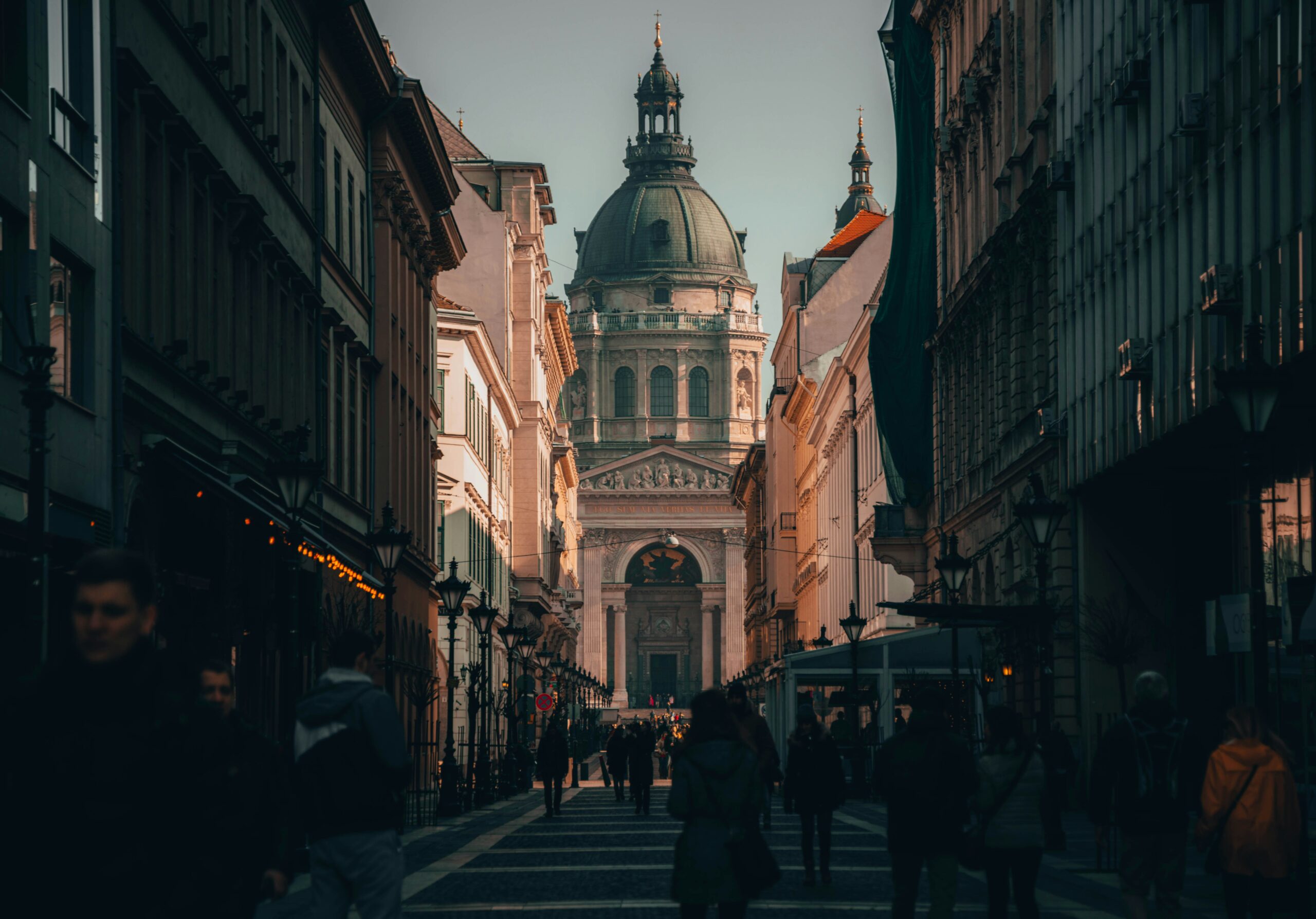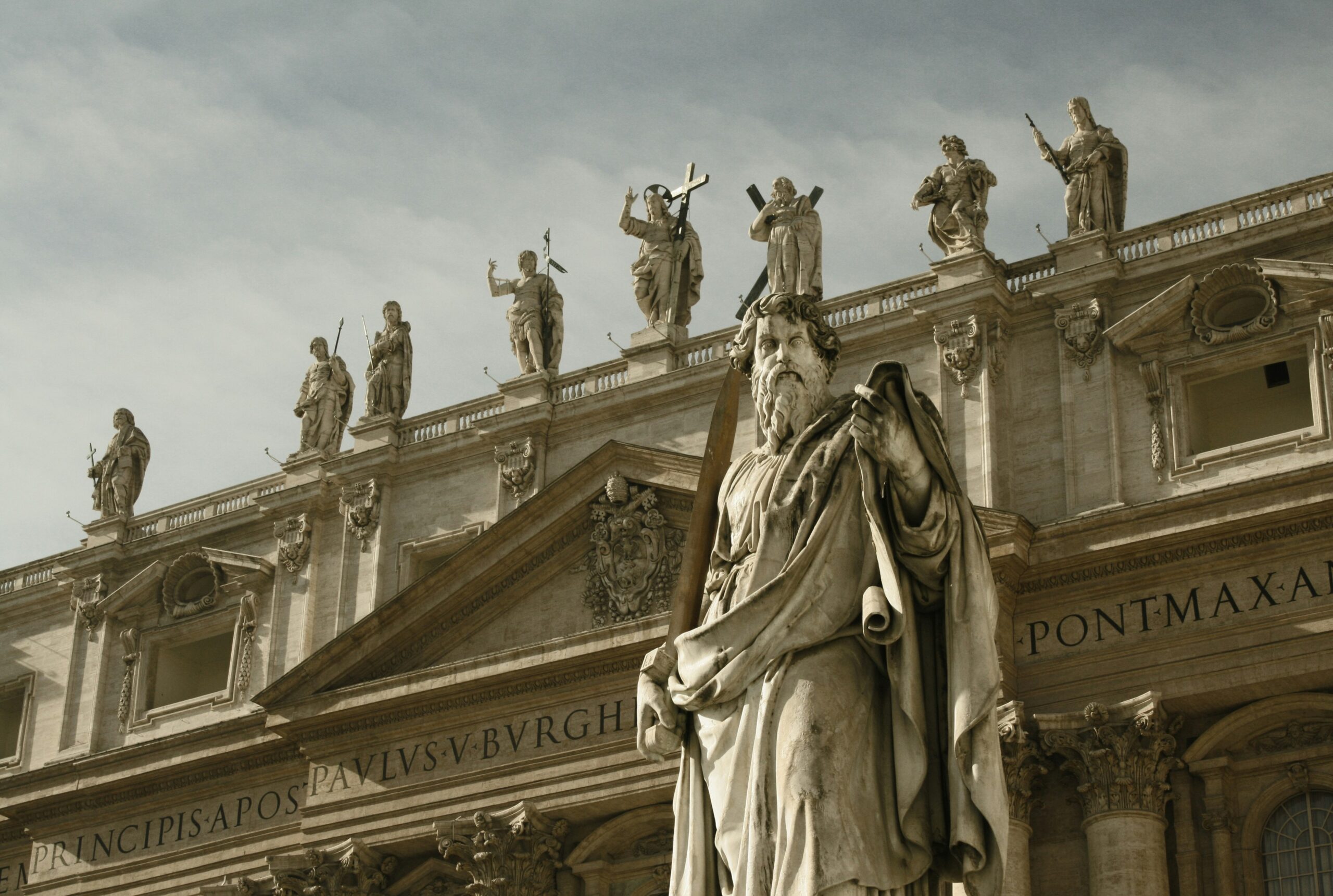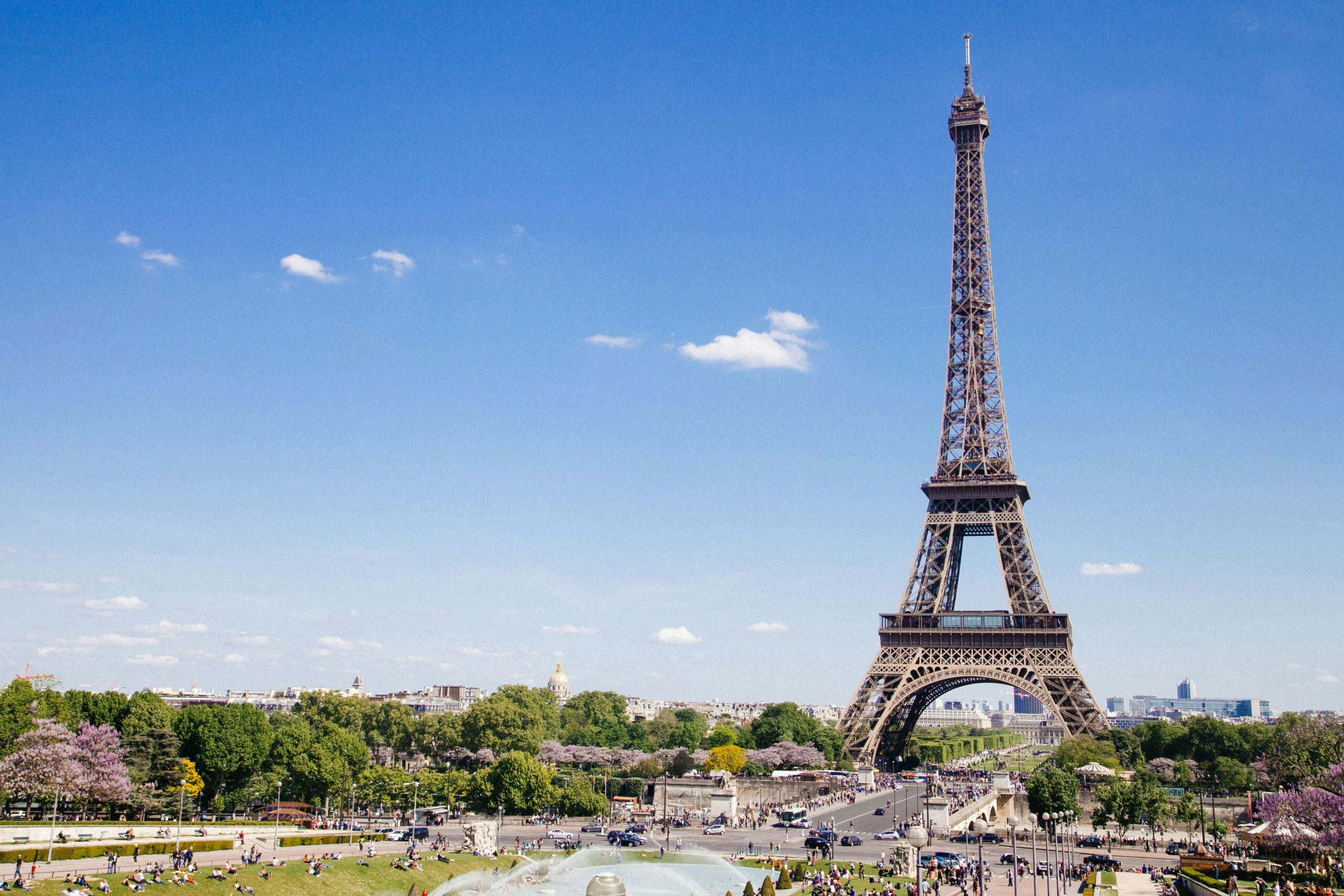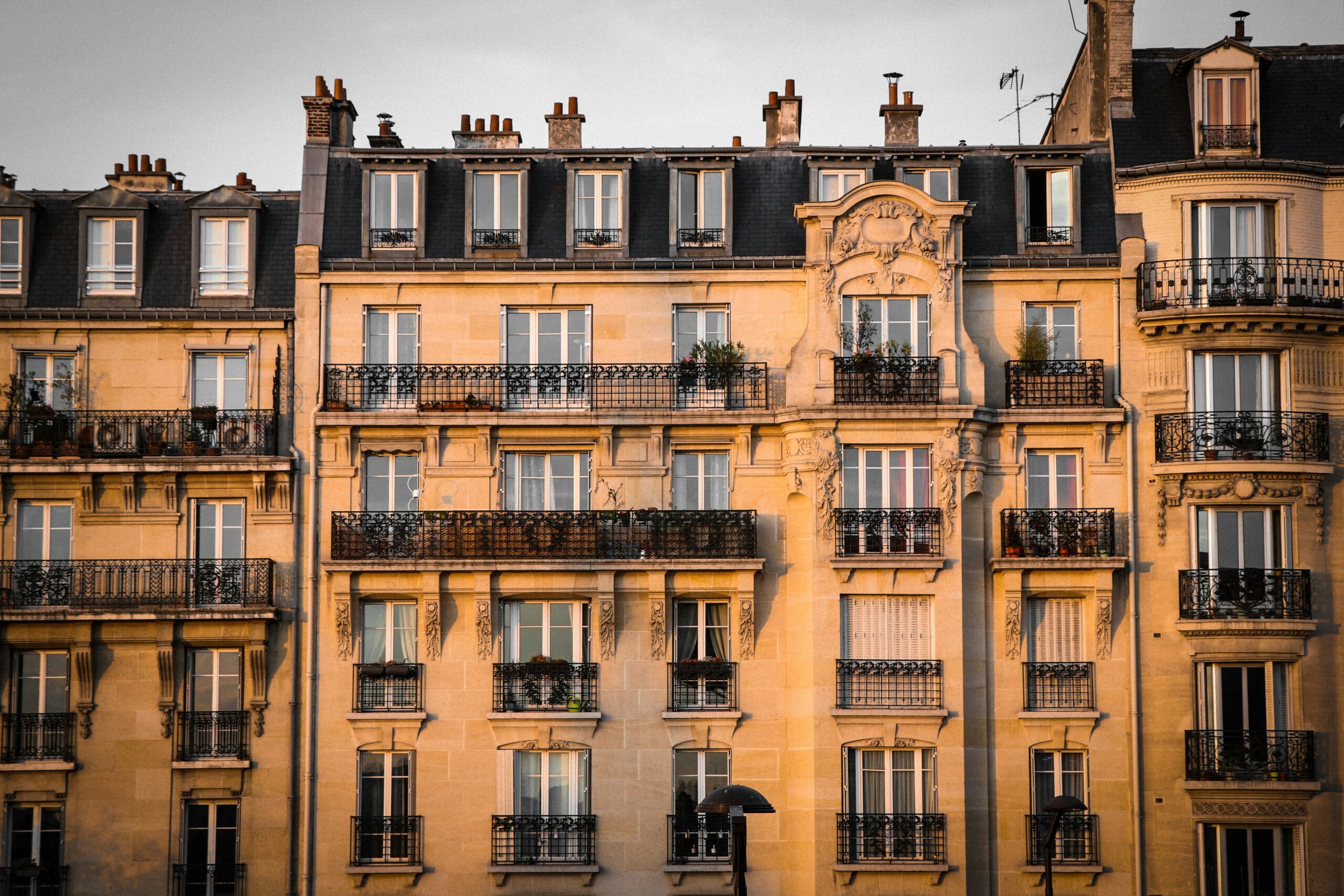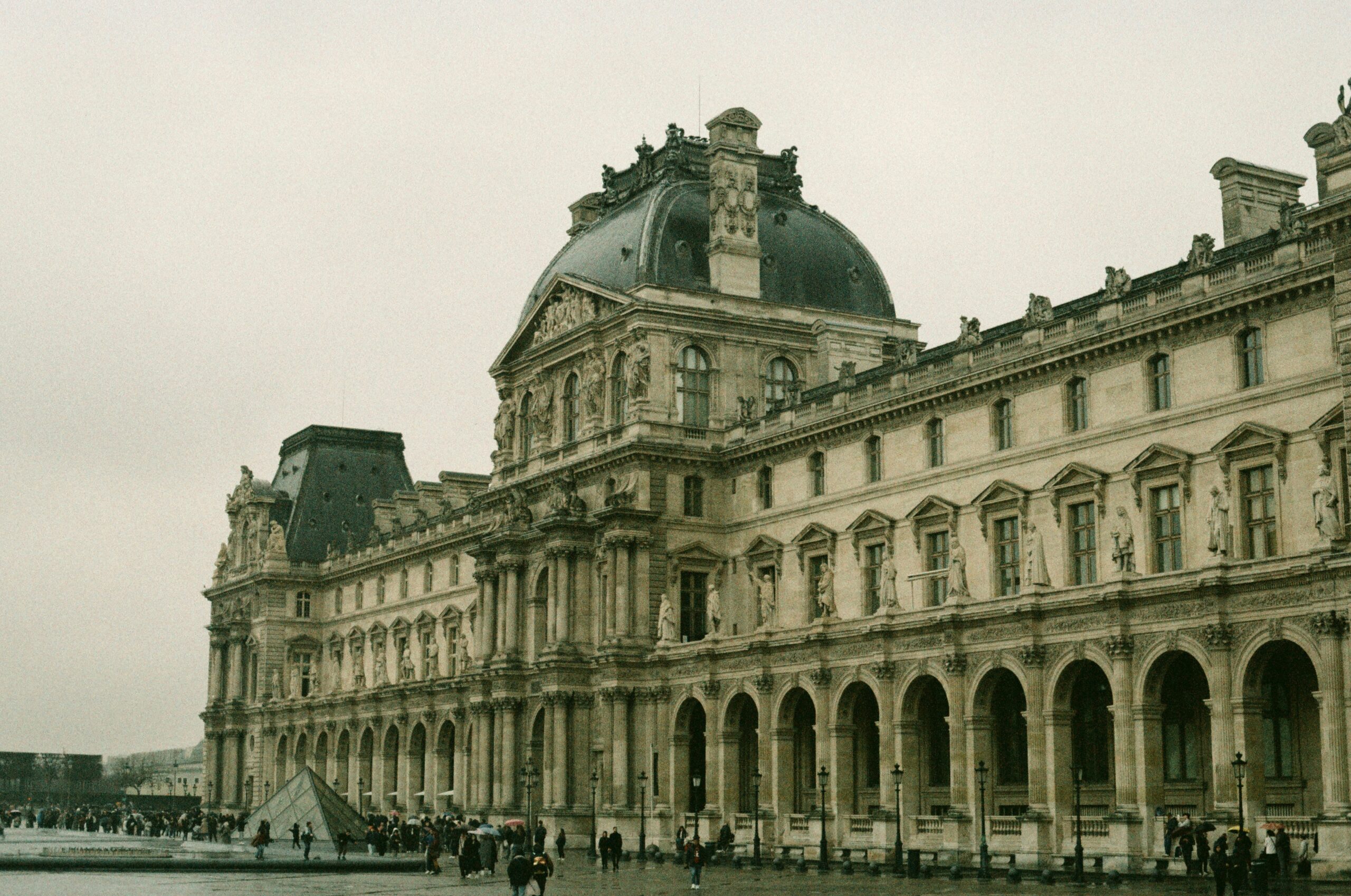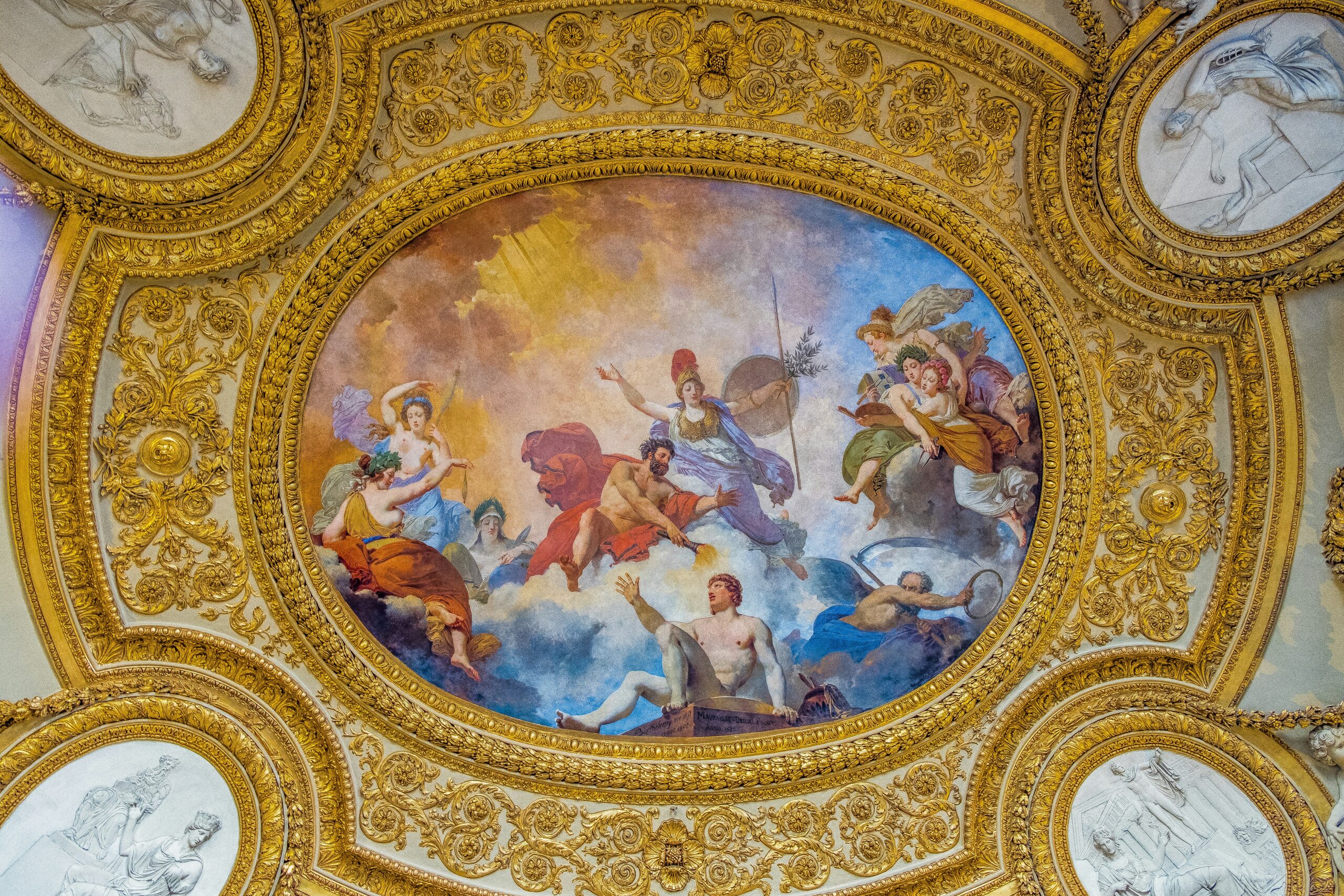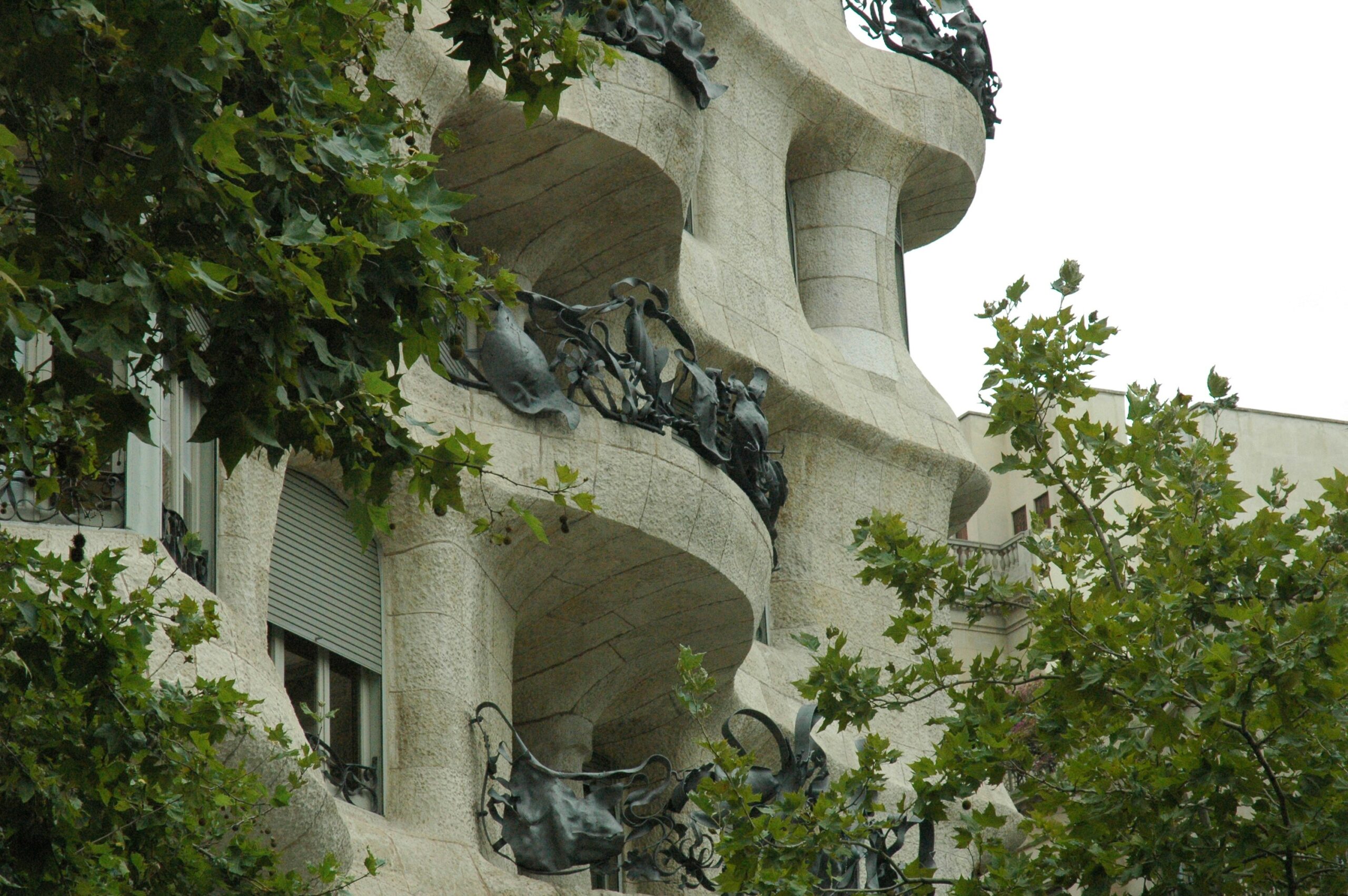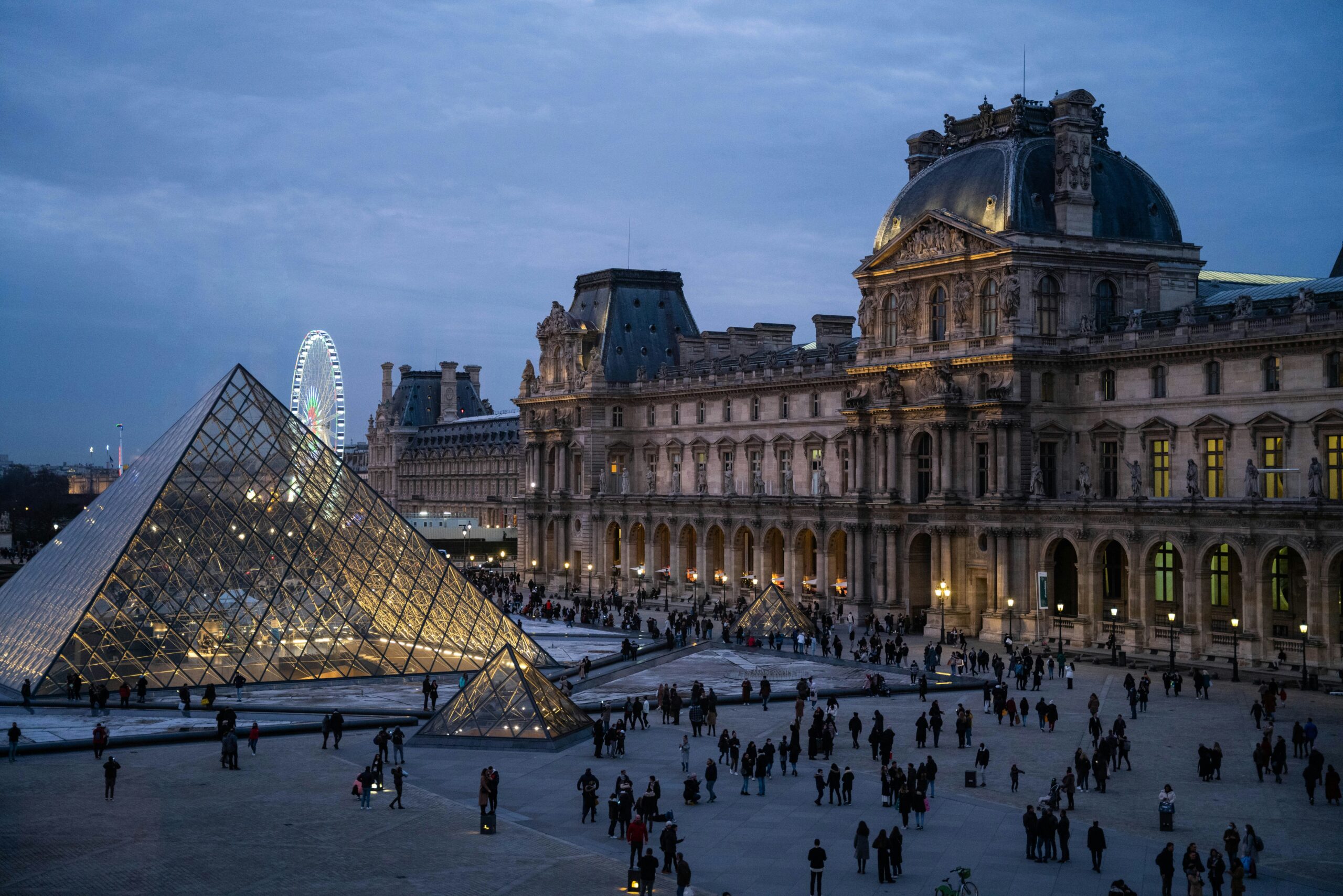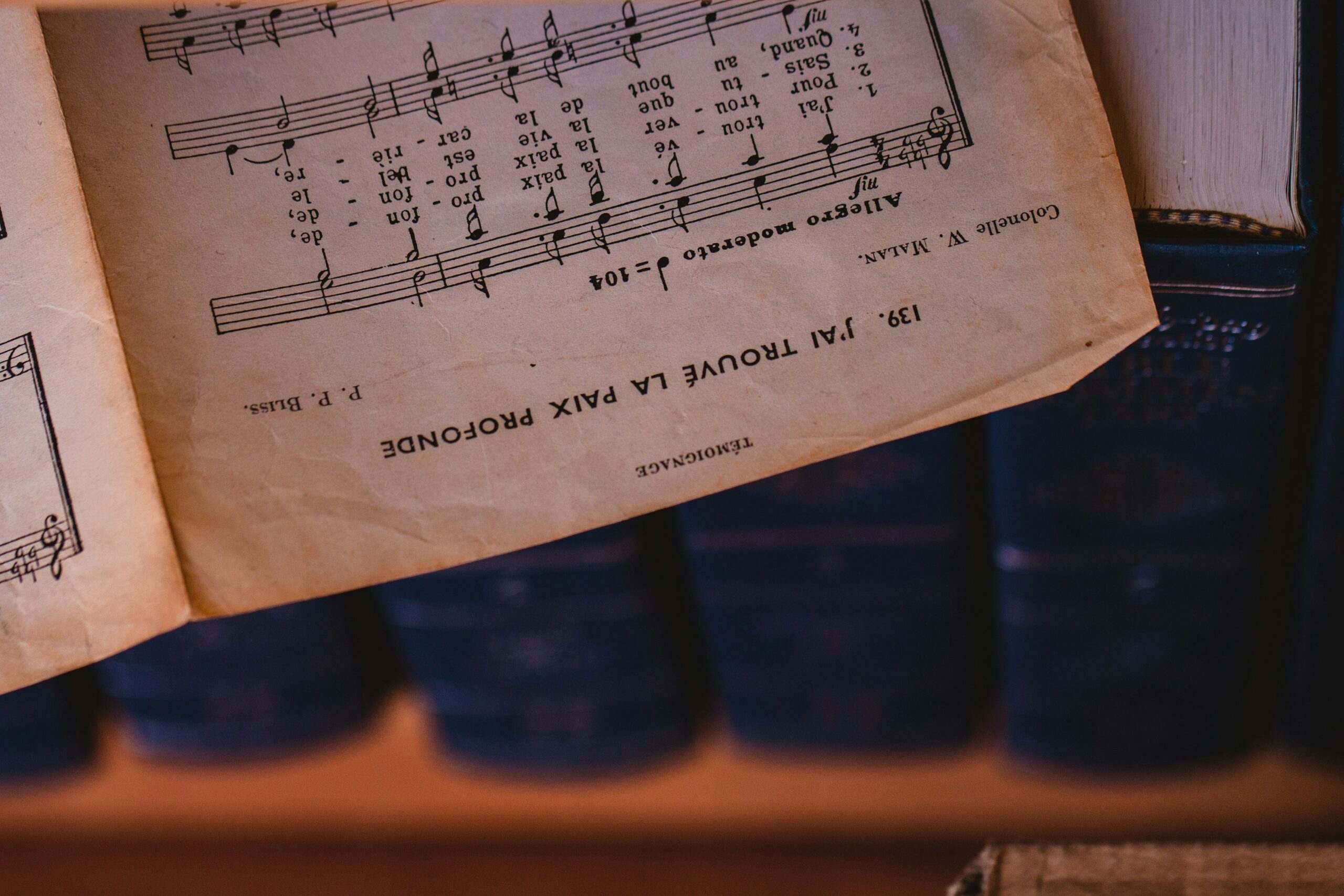Who Developed French Style Architecture?
Who Developed French Style Architecture?
Introduction
French architecture is one of the most revered styles in the world, influencing structures from Paris to New York and beyond. But who exactly developed French style architecture? Was it the medieval stonemasons who built soaring cathedrals, the Renaissance visionaries who refined classical elements, or the modern architects who reshaped skylines? This article takes you on a fascinating journey through history, exploring the key figures and movements that shaped the French architectural style as we know it today.
Whether you’re a tourist exploring French landmarks, a history enthusiast, a food lover marveling at Parisian cafés, or simply someone curious about architecture and design, you’ll find this guide both informative and captivating.
- The Beginnings: Roman and Medieval Influences
Roman Foundations in French Architecture
Before the emergence of distinct French styles, the architecture of France was shaped by the Romans. Structures like the Pont du Gard (a Roman aqueduct) and the amphitheater of Nîmes showcase the engineering prowess that influenced future architectural styles.
Medieval Architecture: The Dawn of Gothic Style
Between the 10th and 12th centuries, medieval French builders pioneered Romanesque and later Gothic architecture:
- Romanesque Style (10th-12th Century): Characterized by thick walls, rounded arches, and minimal windows (e.g., Abbey of Cluny).
- Gothic Style (12th-16th Century): Originated in France and introduced pointed arches, ribbed vaults, and flying buttresses (e.g., Notre-Dame de Paris and Chartres Cathedral).
The true pioneers of Gothic architecture include Abbot Suger, who transformed Saint-Denis Basilica, and Robert de Luzarches, who designed the towering Amiens Cathedral.
- Renaissance Elegance: The Influence of Italian Masters
By the 15th and 16th centuries, France experienced a cultural renaissance, drawing inspiration from Italy and classical antiquity. This period saw the development of French Renaissance architecture, blending medieval elements with the symmetry of ancient Roman and Greek designs.
Key Architects & Contributions
- Philibert de l’Orme: Designed Château d’Anet, one of the first Renaissance-inspired châteaux in France.
- Pierre Lescot: Architect of the Louvre’s Renaissance expansion, blending classical proportions with French ornamentation.
- Leon Battista Alberti (Italian Influence): His works in Italy shaped the French approach to symmetry and proportion.
Famous examples of French Renaissance architecture include:
- Château de Chambord: An iconic blend of Gothic and Renaissance influences.
- Château de Fontainebleau: A luxurious palace that housed generations of French royalty.
- The Grand Baroque & Classical Influence of the 17th Century
Under King Louis XIV, French architecture evolved into Baroque classicism, emphasizing grandeur, symmetry, and intricate detailing.
Architects Who Defined French Baroque
- Louis Le Vau: Designed the first expansions of Versailles, setting the foundation for its grandeur.
- Jules Hardouin-Mansart: Perfected the Palace of Versailles, particularly the Hall of Mirrors.
- André Le Nôtre: Landscape architect who created Versailles’ famous gardens, which influenced European garden design.
The Palace of Versailles became the ultimate symbol of French Baroque, with its lavish halls, expansive gardens, and opulent décor. This style later influenced the Beaux-Arts movement of the 19th century.
- Neoclassicism & Haussmann’s Paris: The Age of Refinement
In the 18th and 19th centuries, French architecture took a neoclassical turn, emphasizing simplicity and grandeur inspired by ancient Greece and Rome.
Pioneering Architects of Neoclassicism
- Jacques-Germain Soufflot: Designed the Panthéon de Paris, a stunning example of neoclassical principles.
- Charles Percier & Pierre Fontaine: Created Napoleonic structures, including the Arc de Triomphe du Carrousel.
Haussmann’s Paris: A City Transformed
In the mid-19th century, Georges-Eugène Haussmann reshaped Paris under Emperor Napoleon III, creating:
- Wide boulevards and grand avenues.
- Uniform building facades that define Parisian streets today.
- Public parks, squares, and modern sewage systems.
His Haussmannian style became a blueprint for modern urban planning worldwide.
- Art Nouveau & Art Deco: The Beauty of 20th Century French Architecture
As the 20th century approached, French architecture embraced Art Nouveau and Art Deco, adding organic curves and geometric elegance to the urban landscape.
Prominent Figures in Art Nouveau & Art Deco
- Hector Guimard: Designed the iconic Paris Métro entrances.
- Auguste Perret: Pioneered the use of reinforced concrete.
- Le Corbusier: One of the greatest modernist architects, known for Villa Savoye and the concept of functionalist urbanism.
Examples of Art Nouveau and Art Deco in France include:
- Théâtre des Champs-Élysées (Art Deco elegance).
- La Samaritaine (a blend of Art Nouveau and modern elements).
- Contemporary French Architecture: Innovation & Sustainability
French architecture continues to evolve with sustainability and innovation at its core.
Modern French Architects
- Jean Nouvel: Designed Institut du Monde Arabe and Fondation Cartier.
- Dominique Perrault: Created the Bibliothèque Nationale de France.
- Christian de Portzamparc: Designed urban renewal projects that balance tradition with modernity.
Recent projects like the Louvre Pyramid and La Défense business district demonstrate how France merges its architectural past with a cutting-edge future.
Conclusion: A Legacy of Architectural Excellence
French architecture isn’t just about who built it, but who shaped and refined it over centuries. From Gothic cathedrals to Neoclassical elegance, from Baroque grandeur to modern innovation, every era has left an indelible mark on France’s cityscapes.
Whether you’re strolling through Haussmannian boulevards, marveling at Versailles, or admiring the Louvre Pyramid, you’re witnessing a story crafted by visionary architects, artists, and monarchs.

